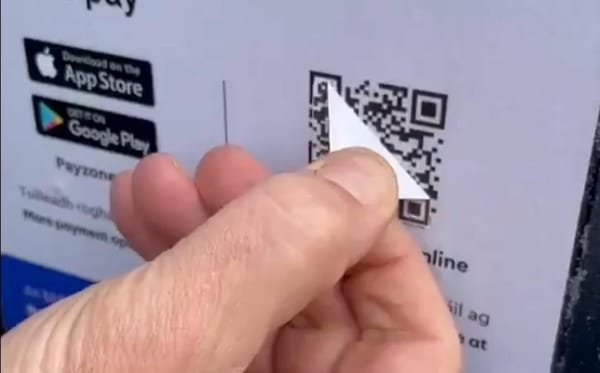Right after midnight passing into August 26, 2009, Swedish time, Christer Fuglesang writes this on Twitter:

On the morning of August 26 as I pick up the paper from the floor the front page says (my translation): “Did Fuglesang lift off? SvD.se will broadcast the launch of Christer Fuglesang’s second space trip att 7:11 today.” Inside the paper the reporter Karin Henriksson writes, on location in Florida (my translation):
This is what he himself reported: Back inte room after four hrs on my back in the shuttle. Hurts a bit. Hungry. Bad luck, but not that disappointed. Later he got back with: Tomorrow will be better.”
All this Christer writes on Twitter for the whole world to see. With a reporter on location in Florida it becomes ironic to read quotes from Fuglesang’s old Twitter messages in the paper. Especially when newer message from Fuglesang several hours before had reported that there would be no launch today either.
Everyone has access to the source
Someone who is interested in a specific subject today has a tremendous opprtunities for using the same sources as the newspapers themselves, meaning equally fast access to information as journalists.
During a transition period the journalists will of course use their head start in the digital world to their advantage: quoting high profile individuals as if they were speaking directly to them. See for example the the follow-up articlewhere Karin Henriksson writes (my translation): “Christer Fuglesang conveyed immediately:” and quotes yet another Twitter message.
Who is he letting know?
For an untrained reader it of course sounds like Fuglesang reported to media. But the truth is however that Fuglesang was letting the world know and the reporter on location is merely reading his messages just like thousands of others across the world.
The value that newswatch could give is pointing out the sources that everyone kan use to follow events first-hand instead of waiting for the middle-man (media) to rewrite the same information in its own words.
NASA is all about transparency
Something that NASA do well is making available news, pictures and video in a smart way. You can for example see new pictures in their NASA:s flickr-feedand tune into when Discovery’s crew are practising countdown in the video gallery.
Companies have their own news channels and they live and flourish on the web in text, sound and video. What people need now, to get the best possible insights about what is going on in their areas of interest, is education and support in screening and sifting out these news channels. More and more we are finding our news at the source, allowing journalists to focus more on exposing sources that misrepresent the truth; not to repeat the same words over and over again, parrot-like, and with media’s customary lag time.
Information that Fuglesang’s quotes are hand-picked from Twitter is blatantly absent. So read Fuglesang on Twitter for yourself. It’s just quicker that way.












Member discussion